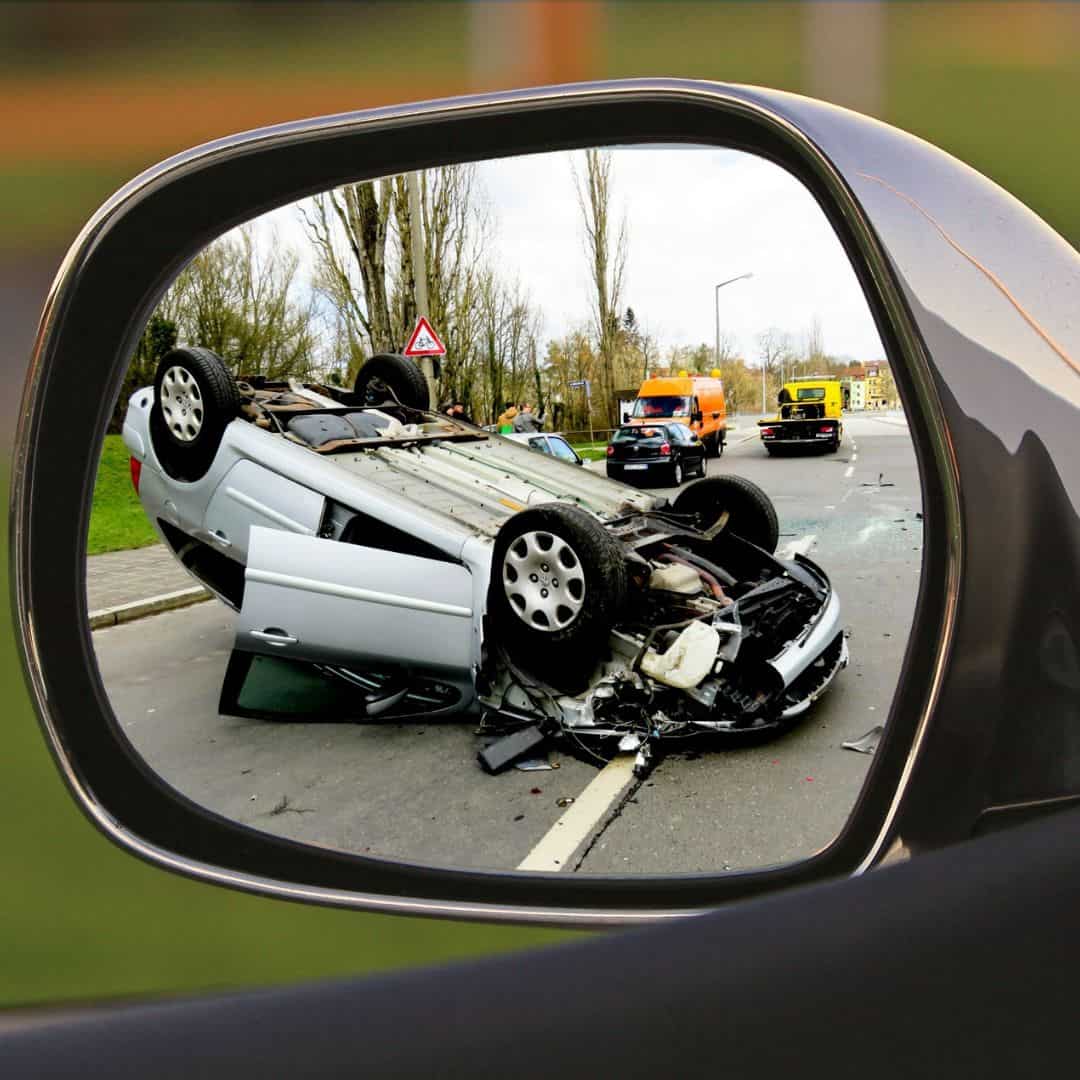The Report of the National Road Safety Observatory includes the study carried out by the University of Murcia to estimate these values, which have their main application in the cost-benefit analysis, as well as in the calculation of the social cost of traffic crashes.
TDB keeps you informed. Follow us on Facebook, Twitter and Instagram
DGT
Presentation of the DGTP report Presentation of the DGT report.
The Directorate General of Traffic, through the National Road Safety Observatory, has presented the results of the study to update the value of preventing a fatality and non-fatal injury in traffic accidents. The study was carried out by the University of Murcia in collaboration with the Sigma Dos company for carrying out the surveys.
The report concludes that the value of avoiding or preventing a fatality in a traffic accident is 2 million euros, taking into account that 1.9 million euros is the estimated value of a statistical life, to which the costs of the net production lost as a result of premature mortality, as well as medical and emergency services costs have been added.
This estimate of the value of statistical life is 46% higher than the estimate (1.3 million) in 2011, when the last study was conducted. This increase is also higher than the increase in nominal GDP per capita experienced in Spain since that date, which amounts to approximately 24.5%, suggesting that, together with rising living standards, the stated preferences of the Spanish population may be reflecting an increased concern about road accidents.
In the case of non-fatal injuries, the report estimates the monetary value of a seriously injured victim at 354,630 euros and a slightly injured victim at 7,886 euros. When these valuations are completed with medical and ambulance costs, as well as production losses, the value of preventing an injury is 385,480 euros for the seriously injured and 8,506 euros for the slightly injured.
According to Álvaro Gómez, Director of the DGT’s Road Safety Observatory, “this type of study helps to determine the average social cost of traffic accidents, as well as to assess the road safety policies and measures to be implemented using cost-benefit analysis. The evaluation of policies is essential for the efficient allocation of public resources, and spending on effective road safety measures is an investment with a high level of social and economic return”.
Methodology
The approach used to make the above estimates was that of “willingness to pay”, i.e. the maximum amount of money that society is willing to pay to travel more safely to avoid death, serious injury or minor injury in a traffic accident. This willingness-to-pay approach has been articulated using the method known as the chained continent/standard lottery valuation approach, which was already used in 2011, the year in which the previous study was conducted.
To this end, two extensive surveys were carried out, each of them with 2,000 adults demographically and geographically representative of the general Spanish population, using computer-assisted face-to-face interviews.
From the responses to the first survey, the University of Murcia research team estimated the value of preventing a road traffic fatality by adding to the value of the statistical life, the net loss of productive capacity due to the premature death of the victim, together with the costs associated with health care, including medical and ambulance transport costs.
The second survey was used to estimate the value of preventing an injury, by summing the value of the non-fatal casualty and productive capacity losses, together with the costs related to health care. In addition, in this second analysis, the monetary value of the quality-adjusted life year in the context of road accidents was also calculated. The quality-adjusted life year is a synthetic measure combining quantity and quality of life.
International comparison
The European study that compared the costs per death, adjusted for purchasing power parity and updated to 2022 prices in the 19 Eurozone countries included in the European SafetyCube project, showed that Spain ranked 13th, with a value lower than the Eurozone average (2,030,020). The countries with the highest values were Estonia, Croatia, France and Austria, with costs per fatality exceeding 3 million euros, while below Spain were Italy, Ireland, Germany, Cyprus, Portugal and Slovakia, with estimates of less than 1.8 million euros. When the 2023 estimate of the VPF is included in this comparison, Spain closes the gap with the Eurozone average and presents values similar to countries such as Belgium or Finland.
